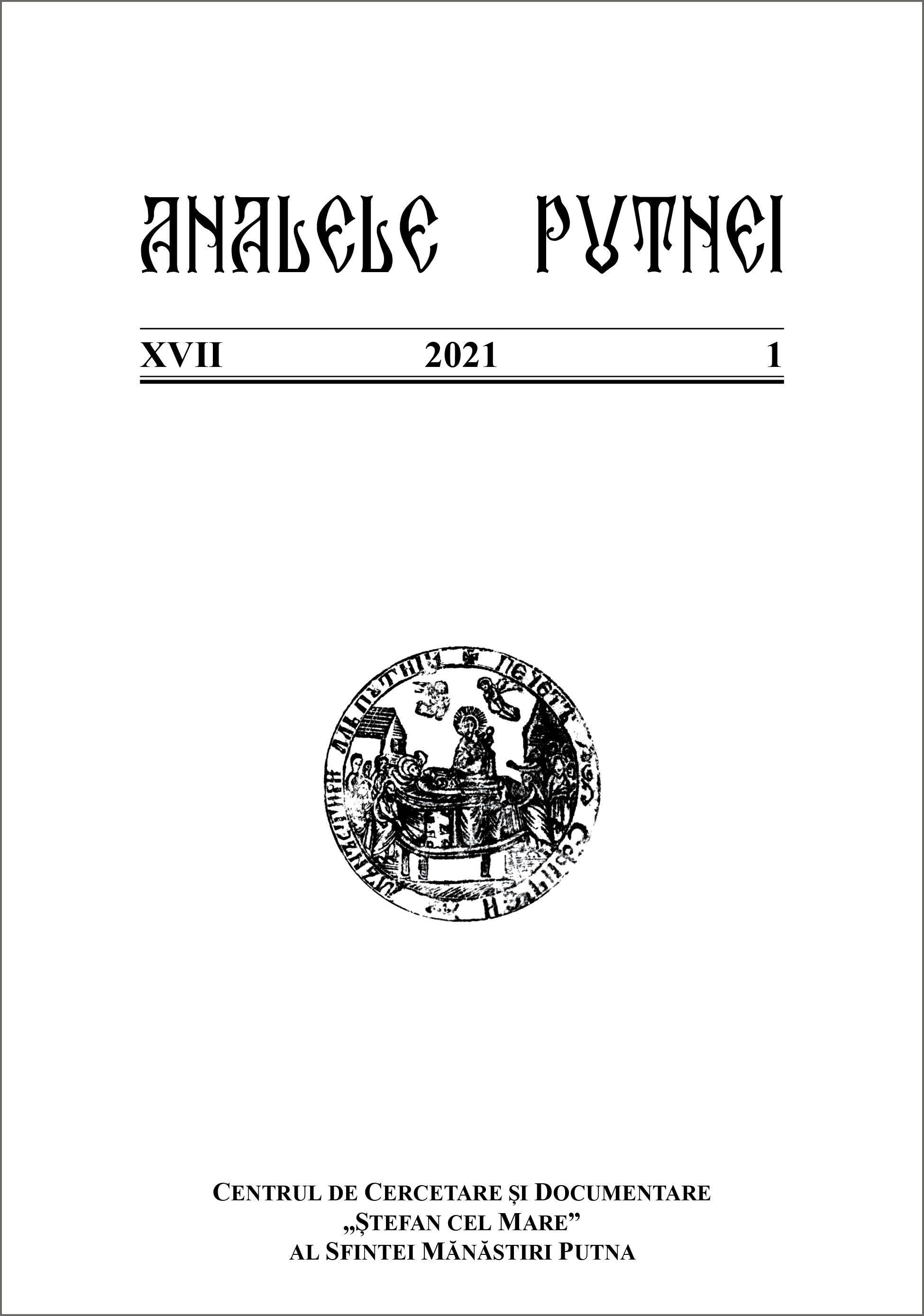Între o retorică a puterii și intercesiune: câteva observații cu privire la selecția figurilor iconice din naosul bisericii Sf. Nicolae din Rădăuți (c. 1480–1500)
Between the Rhetoric of Power and Intercession: Some Remarks on the Selection of Iconic Figures in the Narthex of “St. Nicholas” Church in Rădăuți (around 1480–1500)
Author(s): Andrei DumitrescuSubject(s): History, Fine Arts / Performing Arts, Local History / Microhistory, Middle Ages, 15th Century, History of Art
Published by: Centrul de cercetare şi documentare ŞTEFAN CEL MARE
Keywords: Moldavian wall painting; late- and post-Byzantine iconography; legitimation of political and ecclesiastical power; courtly devotions; the cult of saints;
Summary/Abstract: The recently restored frescoes of the former Episcopal Church in Rădăuți display an ample iconographical program commissioned by Voivode Stephen III (r. 1457–1504) during the final decades of the 15th century. This study examines the selection and spatial distribution of iconic figures on the walls of the three-aisled narthex which, in addition to its liturgical function, was also a dynastic necropolis for several late-14th–century Moldavian princes. The lower tier of the lateral walls is occupied by a series of saintly monks depicted as standing, with open scrolls in their hands. The selection of holy hermits is set alongside a peculiar votive composition and the typological representation of Psalm 44, 10, known as the “Royal Deesis”. In the iconographical context of the Rădăuți narthex, the focus on Christ’s double authority as “King of Kings” and “Great High Priest” is the central element of an exceptionally complex system of pictorial analogies, emphasizing the divine origins of both secular and spiritual power. Furthermore, due to their proximity to the princely tombstones, the mural images acquired strong funerary connotations that might have played an important role in the articulation of the iconographic program. Examining the dates inscribed on each slab, one can notice some conspicuous correspondences with the feast days of the saints painted in the immediate vicinity. Thus, this article shows that the iconographic program at Rădăuți reflects a process of negotiating symbolic meanings between the ritual function of the sacred space and the plausible intentions of the political and ecclesiastical elites of late 15th–century Moldavia.
Journal: Analele Putnei
- Issue Year: 2021
- Issue No: 1
- Page Range: 67-96
- Page Count: 30
- Language: Romanian
- Content File-PDF

